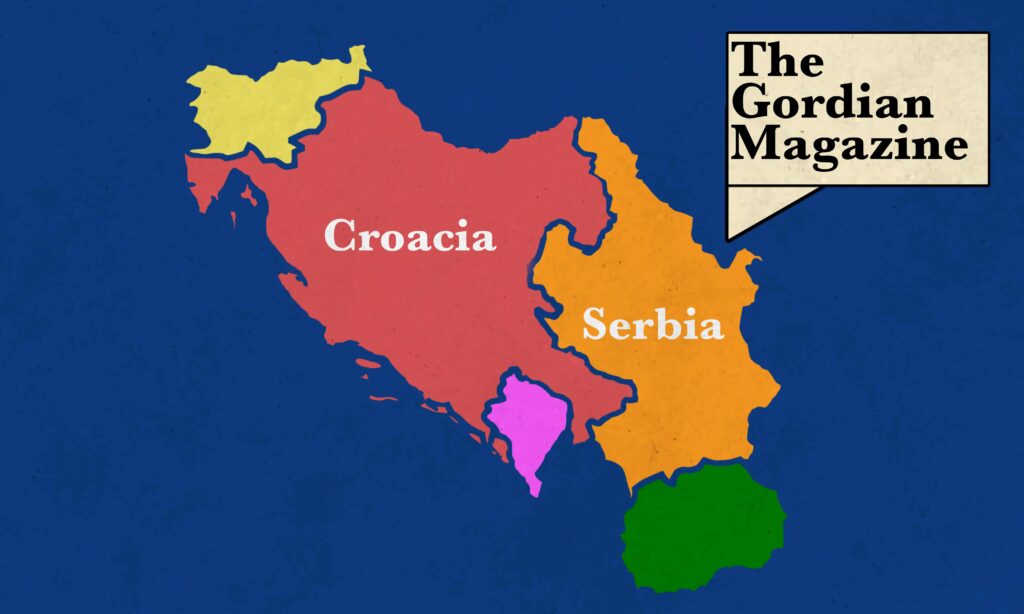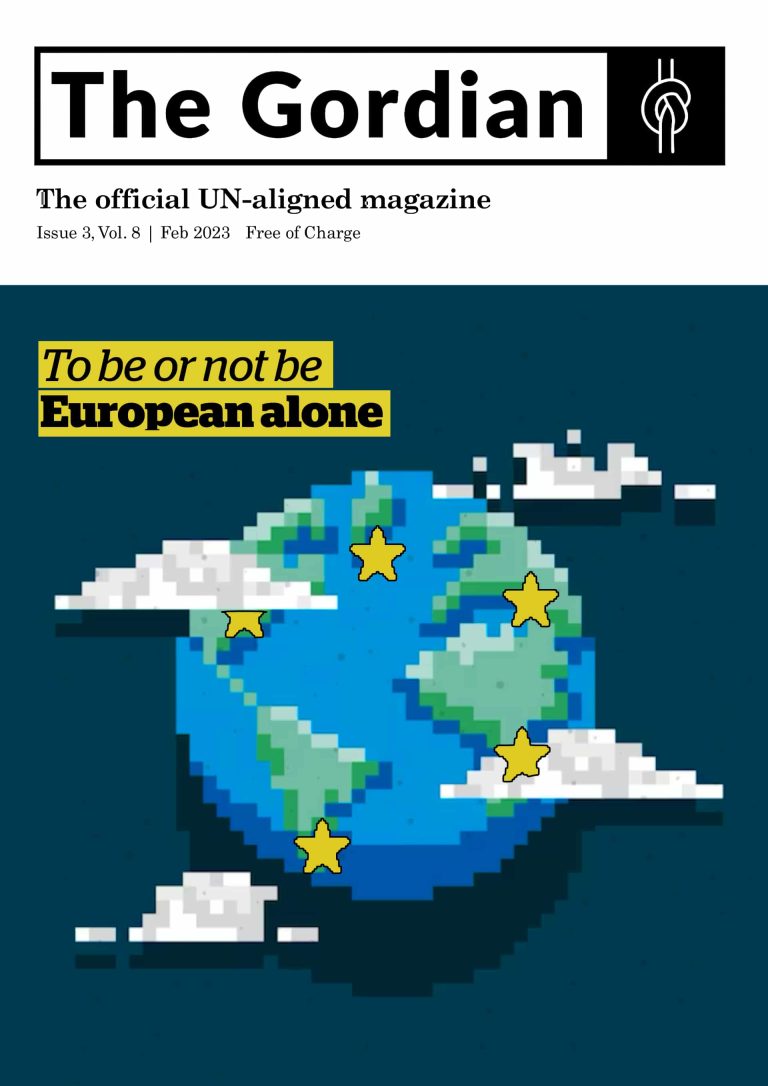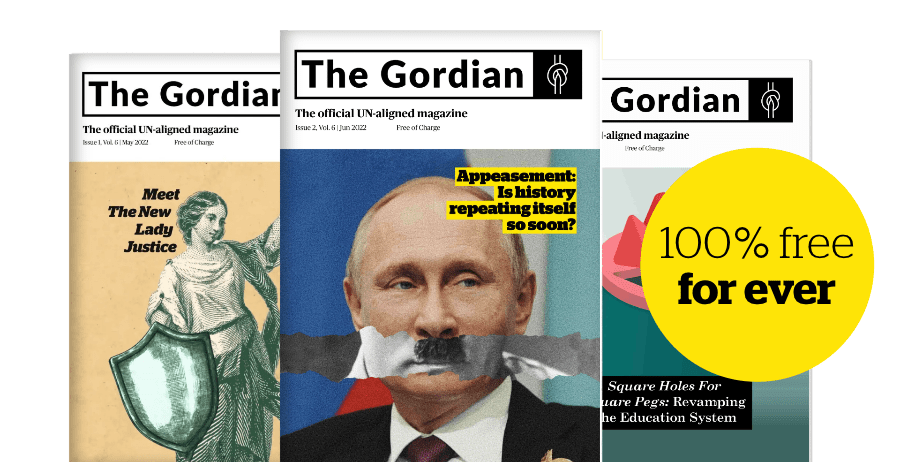Croatia and Serbia, once brothers united, have experienced many conflicts since the collapse of Yugoslavia in 1991. In fact, conflicts existed even prior to the demolition of Yugoslavia and can even be traced back as a cause for its collapse. Thus, it is worth looking at the role of language in this conflict. More specifically, how the classification of two languages can be utilized as a tool, sometimes even a weapon. We do this by answering the following question: “Are Serbian and Croatian two different languages, or simply two dialects of the same language”?
Merriam Webster defines a dialect as “a regional variety of language distinguished by features of vocabulary, grammar, and pronunciation from other regional varieties and constituting together with them a single language.”
This definition distinguishes language and dialect in a hierarchical manner, where various dialects fall under a single language. This is a definition we will use for this passage, though other kinds of dialects also exist, such as social dialect. We will not concern ourselves with such dialects here.
Serbian and Croatian background
Both Serbian and Croatian are South Slavic languages. Other languages in this branch include Bulgarian, Slovene, and Macedonian. Prior to the breakup of Yugoslavia in 1990, the standard variety of language was referred to as Serbo-Croatian where two kinds of dialectal distinctions were made. The first distinction was according to the word for “what” (sto, ca, kaj) giving rise to the three variations Stokavian, Cakavian and Kajkavian. The second distinction was according to the pronunciation of the vowel /ɛ/ (similar to “bed” in English) separating the language into the three dialects Ekavian, Ikavian and Ijekavian. According to these two distinctions, standard Serbian falls under Stokavian – Ekavian, while standard Croatian falls under Stokavian – Ijekavian. (Smiljanic, 2013:16-17).
There are various factors that can be considered when analyzing whether two varieties are considered dialects of the same language, or two separate languages. In the following section we will discuss linguistic factors, mutual intelligibility, as well as social factors. We will also touch upon the concept of the continuum of dialects.
Linguistic factors
Linguistic factors include orthography (aspects related to how language is written), phonological features (aspects related to pronunciation), lexical features (aspects related to vocabulary), and grammatical features.
- Orthography: Serbian is written in the Cyrillic alphabet (Russian alphabet) and sometimes in the Latin alphabet (especially online). Croatian on the other hand utilizes the Roman alphabet exclusively.
- Phonological: Phonological differences between Serbian and Croatian are minimal. The main difference is the vowel /ɛ/ occurring as /ɛ/ in Serbian, while occurring as /jɛ/ in Croatian. (McLennan, 1996:106). There also exist prosodic differences, such as stress, between the two varieties, however these differences are minimal (Kovačić, 2005:197).
- Lexical: In regard to lexical aspects, Serbian and Croatian primarily differ in borrowed words from other languages. Due to historical and geographic reasons, the influence of Turkish and Greek is greater in Serbian, while the influence of German and Italian appear more dominantly in Croatian. In addition, there are slight differences in Slavic origin words (Kovačić, 2005:198-199).
- Grammatical: Serbian and Croatian are mostly the same in regard to grammar, with the exception of the use of infinitive forms in Serbian (infinitives are usually dictionary forms of verbs such as “read” in English or “leer” in Spanish). Direct use of infinitive forms are still seen in Serbian, while infinitives are close to non-existent in standard Croatian.
As can be seen above, there only exists slight linguistic differences between Serbian and Croatian. However, using linguistic factors on their own is unreliable as drawing boundaries is not simple and is often done in semi-arbitrary manners. Thus the measure of mutual intelligibility can be used to decide the language–dialect status of two varieties.
Mutual Intelligibility
Mutual intelligibility refers to the ability of speakers of two different varieties to understand each other without prior exposure or special efforts. This is a useful factor to consider, because logically if two variations are mutually unintelligible, they count towards different languages, however the opposite is not always true. In other words if two varieties are mutually intelligible, they cannot be said to necessarily belong to the same language. This is primarily due to mutual intelligibility thresholds. Some studies, such as Mair (1991) use a 50 percent threshold, meaning that if more than 50 percent of a conversation is understood by speakers of the two varieties, the two varieties count as mutually intelligible. This threshold is somewhat arbitrary, though higher percentage thresholds are not easily justifiable either. Fortunately for us, Serbian and Croatian are mutually intelligible, even with very high intelligibility thresholds.
The continuum of dialects
Continuum of dialects is a phenomenon concerning language and geographical location where, similar to a gradient, shifts in language occur slowly as we move from one point of the map to another. Linguistic differences between language varieties of two neighboring places (e.g. city or town) are often small. Furthermore, the varieties are generally mutually intelligible. However, the further away we move, the more different and the less mutually intelligible the varieties become. Additionally, there also exists variety in language within a single location (e.g. a city or town). Because of the continuum of dialects, drawing lines between varieties of a language is very difficult, whether it be geographic lines, or separation regarding to what dialect a variety belongs to. Thus, linguistic factors and mutual intelligibility are not enough to determine the status of two varieties and social factors need to be taken into consideration as well.
Social factors
According to Haugen (1966:922), studies show that the development of a dialect into a language is intimately related to the development of writing and the growth of nationalism. In fact, as mentioned by McLennan (1996:103), national identity and language are treated as being synonymous by many people. There are some systematic ways for considering social factors, one of which is Bell’s seven criteria for language (1976) which considers historical and political factors, language policy, as well as the opinion of speakers of the language(s). McLennan (1996, 107-108) uses these seven criteria to determine the status of Serbian and Croatian from a social point of view. McLennan concludes the following for each criteria (please refer to the original for a more in-depth analysis):
- Standardization: Each language has a separate standardized system, including orthography and spelling. (point for language)
- Vitality: Both varieties have living communities of speakers. (point for language)
- Historicity: Serbia and Croatia share a similar history, though small differences such as the effect of Ottoman empire on Serbia is brought up by Croats. (point for dialect)
- Autonomy: Croats feel they speak a different language, however Serbs believe Serbian and Croatian are varieties of the same language. (point for language)
- Reduction: Speakers of both varieties look down on the other variety. The same is true for dialects that share features with the opposite variety, for instance Croats look down upon dialects within Croatia that sound closer to Serbian, for instance due to vowel changes. (point for language)
- Mixture: Neither Serbians nor Croats feel like their language is impure or is a marginal variety of some other language. In fact, according to McLennan Croats often feel like Serbian is somewhat impure due to the influence of Turkish (point for language).
- Presence of De Facto Norms: Serbian and Croatian both have unofficial definitions of ‘good’ and ‘bad’ language usage. These definitions generally fall under self ‘good’ (e.g. Croatian good), other ‘bad’ (e.g. Serbian bad). This concept also extends within each variety, for instance dialects within Croatian are considered ‘bad’ if they share features with Serbian.
Based on the seven criteria for languages, McLennan concludes that from the point of view of the people involved (particularly Croats), Serbian and Croatian are two different languages.
Conclusion
In conclusion, determining whether two varieties are dialects of the same language or two independent languages requires an in depth analysis of linguistic and social factors, as well as considering their mutual intelligibility. Linguistic factors show only small differences between Serbian and Croatian and these varieties are also high in mutual intelligibility. Both of these indicate that Serbian and Croatian are dialects of the same language.
However, social factors show profoundly crucial differences between the users and their attitudes towards their own language (e.g. Croatian for Croats), as well as towards the counterpart language (e.g. Serbian for Croats). This strongly indicates that Serbian and Croatian are two independent languages.
At first glance we appear to have made no progress with the distinction of Serbian and Croatian, but this couldn’t be further from the truth. Our analysis crucially shows that when making linguistic comparisons, Serbian and Croatian can be viewed as dialects of the same language.
However, this does not have to hold true for social circumstances. Croatia is fighting a war for language independence, the same war that countries such as Pakistan (in regard to the Urdu – Hindi distinction) and Afghanistan (in regard to the Dari – Farsi distinction) have fought and still continue to fight.
For countries such as Croatia, Afghanistan, and Pakistan, declaring independence of language is a big step towards declaring political independence. It is used as a tool to become autonomous, as a weapon to protect their social identity. Even though these claims do not have roots in linguistic factors, sociolinguistic analysis shows there is a clear need for the classification of Serbian and Croatian as two different languages.
References:
- Haugen, E. (1966). Dialect, Language, Nation 1. American anthropologist, 68(4), 922-935.
- Kovačić, M. (2005). Serbian and Croatian: One language or languages?. Jezikoslovlje, 6(2), 195-204.
- Mair, V. H. (1991). What is a Chinese” dialect/topolect”?: Reflections on some key Sino-English linguistic terms. Philadelphia: Department of Oriental Studies, University of Pennsylvania.
- May, G. J. (2007). A comparison of the attitudes of Hong Kongers and Mainland Chinese towards the status of Cantonese: Language or Dialect-or Topolect?.
- McLennan, S. (1996). Sociolinguistic analysis of Serbo-Croatian’.
- Sipka, D. (2007). Bosnian, Croatian, Serbian. A Grammar with Sociolinguistic Commentary/Bosnian, Croatian, Serbian. A Textbook with Exercises and Basic Grammar. Canadian Slavonic Papers, 49(3/4), 393.
- Smiljanic, R. (2013). Lexical, pragmatic, and positional effects on prosody in two dialects of Croatian and Serbian: An acoustic study. Routledge.




















